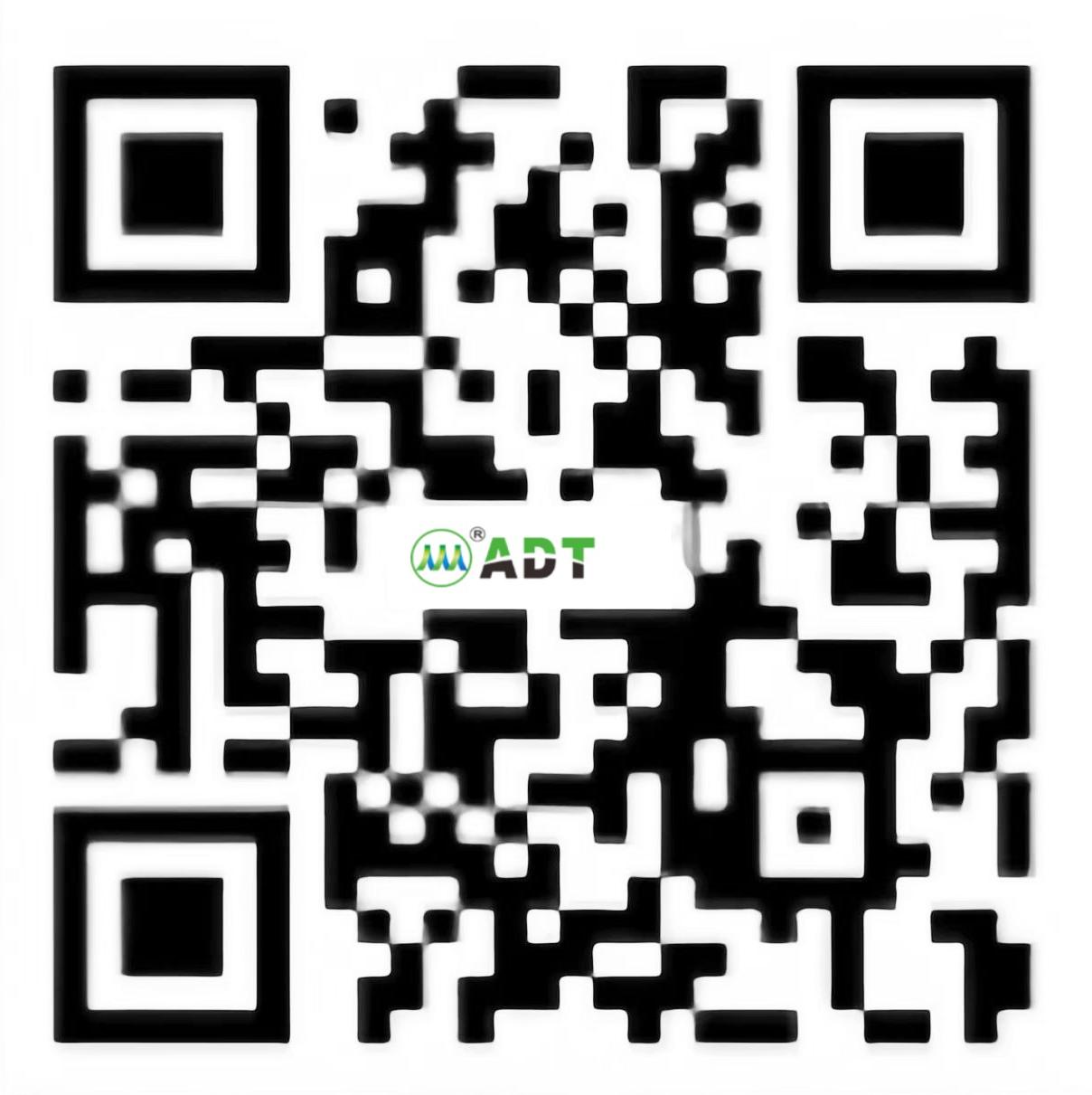
How do multifunctional input/output terminals enhance the integration capability of frequency converters with other devices?
Publish Time: 2025-07-14
In modern industrial automation systems, frequency converters are important control units that drive motors, adjust speeds, and improve equipment efficiency. Their ability to work in coordination with various external devices is crucial. The introduction of multifunctional input/output terminals has greatly enhanced the integration capability between frequency converters and other control systems, enabling them to not only flexibly adapt to a variety of application scenarios, but also improve the overall system intelligence and operating efficiency.First, multifunctional input/output terminals provide a wide range of signal interaction interfaces for frequency converters, enabling them to seamlessly connect with PLCs (programmable logic controllers), HMIs (human-machine interfaces), sensors, relays, and other actuators. This open and flexible communication method makes frequency converters no longer isolated motor control devices, but a key node in the entire automation system. Through these terminals, frequency converters can receive command signals from external devices, such as start-stop control, speed setting, direction switching, etc., and can also transmit their own operating status, fault information, or feedback data, so that the upper system can centrally monitor and manage them.Secondly, the design of multifunctional terminals allows users to flexibly configure functions according to specific needs, thereby meeting control requirements under different working conditions. For example, some input terminals can be set to receive analog signals for continuous speed regulation, or defined as digital input for switch control; while output terminals can be set as alarm signal output, frequency arrival indication or operation status feedback as needed. This highly customizable functional configuration enables the frequency converter to better adapt to various complex field control logics and improve the response speed and stability of the system.In addition, the multifunctional input/output terminals also support a variety of standard signal types, including voltage signals, current signals and switch signals, ensuring that the frequency converter can be compatible with peripheral devices of different brands and types. This compatibility is particularly important for building cross-brand, multi-device collaborative automation systems. Whether it is linkage control on the production line or remote monitoring in a distributed control system, the frequency converter can be integrated into it with its powerful interface capabilities and become an indispensable part of the system.In practical applications, multifunctional terminals also provide convenient conditions for system expansion and upgrading. With changes in production needs or optimization of process flows, the original control system may need to add detection modules, adjust control strategies or connect more devices. At this time, the frequency converter with rich I/O resources can easily cope with these changes. There is no need to replace the core control components. The system upgrade can be completed by reconfiguring the terminal function. This flexibility not only reduces the cost of transformation, but also shortens the debugging cycle and improves the overall implementation efficiency of the project.Furthermore, the multi-function terminal also plays an important role in fault diagnosis and system maintenance. When the system is abnormal, the frequency converter can send fault codes or status signals to the control center through the output terminal to help technicians quickly locate the source of the problem. In the daily maintenance process, these terminals can also be used to collect operating parameters and monitor load changes, so as to achieve preventive maintenance and avoid downtime losses caused by sudden failures.Finally, the application of multi-function input/output terminals also provides basic support for achieving higher levels of automation control. For example, in some smart factories or industrial Internet of Things systems, the frequency converter can access the network communication module through the terminal to achieve remote data upload and control command issuance. This information exchange with the upper management system makes the operation of the equipment more transparent and controllable, which helps to promote the development of the manufacturing process towards digitalization and intelligence.In summary, the multifunctional input/output terminal is not only a bridge for the frequency converter to communicate with the outside world, but also the key to improving its integration capability, enhancing system flexibility and intelligence. Through this interface system, the frequency converter can be deeply embedded in the automation control system, exerting a greater synergy effect, and helping industrial equipment to achieve efficient, stable and intelligent operation performance. In the future, as the degree of industrial automation continues to increase, the role of multifunctional terminals will become more important.


